On the 14th of July, 2025, the government released the latest version of the EYFS Statutory Framework. The new EYFS framework will come into action from the 1st of September, 2025.
As always, we share digestible summaries of the important topics happening in early years, and this is one we have been waiting for.
Here’s a summary of what’s changing with the latest EYFS framework, and what these changes mean for you as a nursery group or school-based provider.
What is the latest EYFS Framework?
The latest version of the framework for EYFS was released on the 14th July, 2025. Following the changes in January 2024, when nursery group providers and childminders’ guidance was separated into two frameworks, these latest changes have followed the same expected pattern.
We have an EYFS framework for nursery group and school-based providers and a separate EYFS framework for childminders.
What changes has the EYFS Framework been through?
The largest recent change we saw with the EYFS Framework was in 2021. The September 2021 update is where we saw changes, including:
- Less paperwork expectation for practitioners, the focus was to increase meaningful interactions with children rather than be bogged down with ineffective observation processes
- The Early Learning Goals were revised (the ELGs remain unchanged in the latest framework update)
- Communication and language became more of a priority for the nursery curriculum
- EYFS assessment changed as the reception baseline became statutory
- The changes to Development Matters Guidance meant a huge number of nurseries shifted to using this as their go-to non-statutory guidance
- There was greater clarity around Level 2 food hygiene training and risk assessments with preparing food in nurseries
Then, in January 2024, we saw more updates to the early years framework:
- The once combined document was split up into two statutory documents. One for group and school-based providers and one for childminders
- We saw some language changes to make sections more ‘practitioner-friendly’
Now, the latest changes will come into action in September 2025. The largest changes to the new EYFS framework are found in the safeguarding section. Most of the changes are unlikely to change the way your run your nursery, as you will already be running a tight ship when it comes to child safety and wellbeing anyway. But, always useful to know!
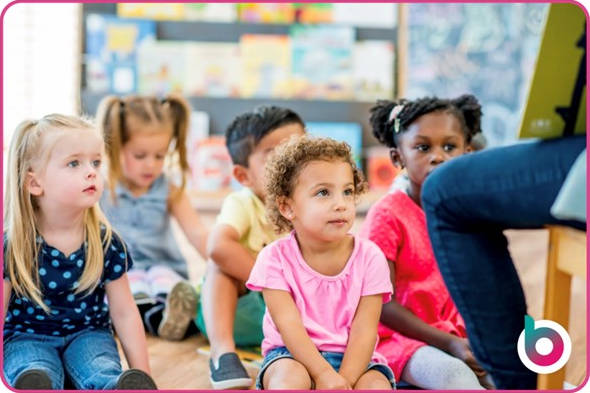
A summary of the new EYFS Framework changes
Here’s a copy of the new contents page from the 2025 EYFS Framework (for group and school-based providers). The latest changes to the contents page are highlighted, although these aren’t all new sections. The structure of the document has been revised to give important topics their own sub-headings and sections.
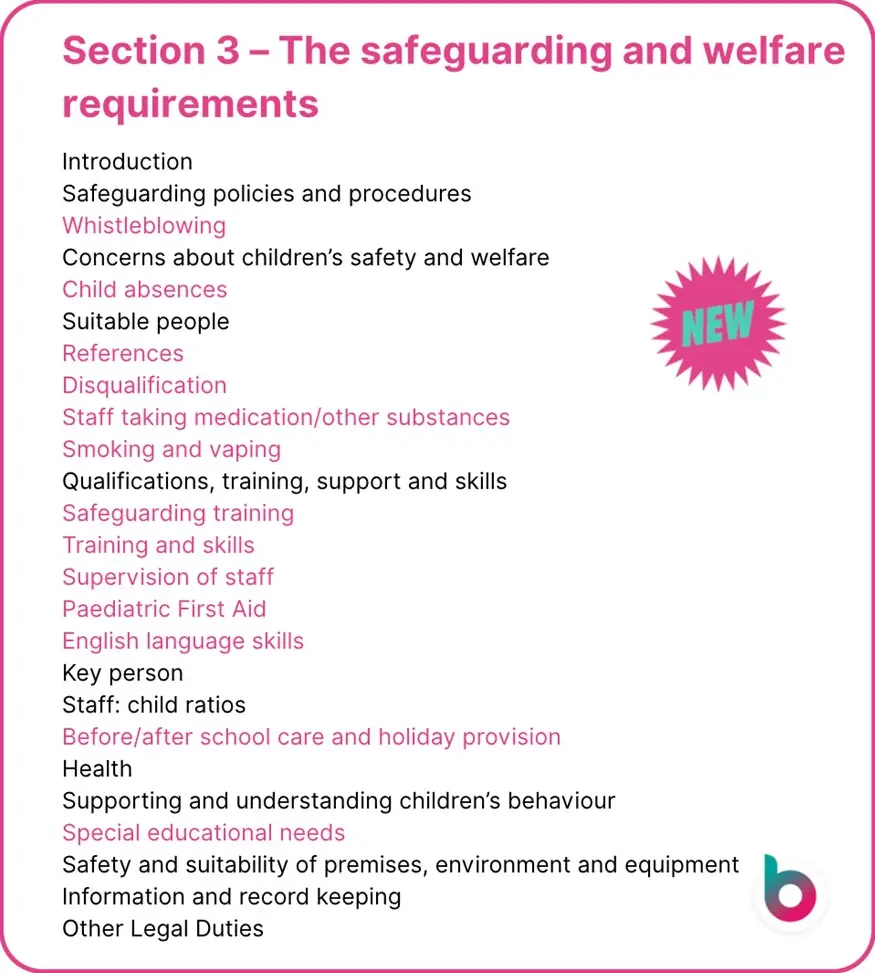
We can summarise the new EYFS framework changes into eight main themes:
- Whistleblowing processes
- Child absence monitoring
- References for recruitment
- Staff safeguarding training
- Paediatric First Aid changes
- Safer eating practices
- Toileting and intimate hygiene
- The organisation of the EYFS Framework document itself
Whistleblowing process
Whistleblowing is when a staff member (including volunteers and apprentices) raise a concern about poor or unsafe practices in regard to safeguarding.
‘Providers must put appropriate whistleblowing procedures in place for all staff (including students and volunteers)’
The old EYFS framework didn’t mention whistleblowing, whereas the latest version (September 2025) does.
The document explains your setting must:
- Put appropriate whistleblowing procedures in place for all staff (including when and how to report concerns, and the process that will follow any reported concerns)
- Take whistleblowing reports seriously
It also gives contacts for staff to use should they feel unable to share concerns with the nursery setting. Including the NSPCC whistleblowing advice line, Ofsted guidance and general government guidance on whistleblowing for employees.
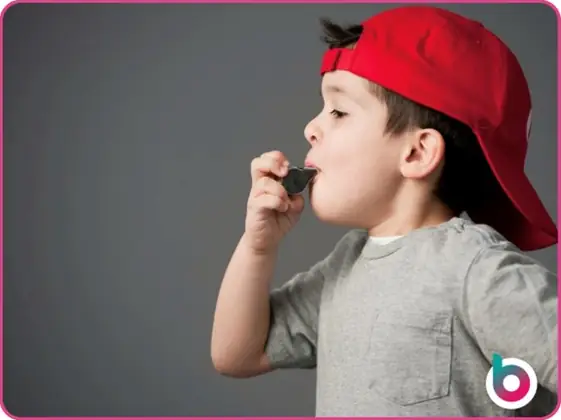
Child absence monitoring
There was no clear guidance on the child absence monitoring process. There is now new expectations for how nurseries monitor and follow up on children’s absence from nursery.
‘Providers must consider patterns and trends in a child’s absences and their personal circumstances and use their professional judgement when deciding if the child’s absence should be considered as prolonged’
Your setting must now:
- Follow up on absences in a timely manner
- Contact the parents or emergency contacts if there has been no reason given for a child’s absence
- Consider patterns and trends in child attendance and absence
- Decide as a setting and in each circumstance when an absence is deemed ‘prolonged’
- Refer any concerns to your local children’s social care services or request a police welfare check if needed
- Have an attendance policy and share this with parents (this must set out the expectations of reporting a child’s absence and what will happen if the nursery is not informed)
- There is also a requirement to have primary contacts and back up emergency contacts for each child
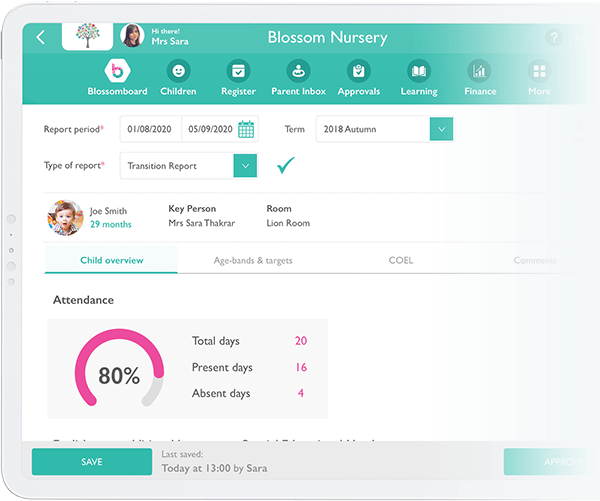
References for recruitment
There have been changes to safer recruitment practices that will impact the checks you run on potential new employees working with the children in your setting.
You are now required to ensure you have references for all staff members before they are recruited, you’ll also need to document these references.
‘Providers must obtain a reference for any member of staff (including students and volunteers) before they are recruited’
References should:
- Be addressed and titled to you at the nursery/ place of employment (and if online, are from a legitimate source)
- Be obtained by you (not relying on the applicant to obtain their reference)
- Be completed by a senior person in the applicant’s current place of employment, training, or education (no family members)
- If the applicant is not currently employed, they must have verification of their most recent employment
- Be secured from the relevant employer from when the applicant last worked with children, if they have never worked with children before, then they must have a reference from a current employer, training or education provider
- Compare to the application information and query any discrepancies
- Explain the reasons for leaving the current or most recent post
Staff safeguarding training
There is no change in the priority for safeguarding training to be at the forefront of all staff meetings and CPD plans. There has been a new set of criteria for what practitioner safeguarding training must include.
This new guidance can be found in Annex C of the new early years framework document. Using this document can help you and your team stay compliant with safeguarding training requirements and prepare for Ofsted questions surrounding safeguarding.
Paediatric First Aid changes
The new framework sets out the statutory requirement to have students and trainees trained in Paediatric First Aid (PFA) before they can be counted in ratios.
'Providers may count students and long-term volunteers (aged 17 or over) and apprentices (aged 16 or over) in ratios at the level below their level of study but only if the provider is satisfied they are suitable [...] competent and responsible, and they hold a valid and current paediatric first aid qualification.'
It used to be the case that at least one PFA-trained member of the team was available on-site (including when children go off-site for activities). This was to ensure there’s a fast response from a trained professional should a child or staff member need first aid assistance.
To meet PFA statutory requirements for 2025, you’ll need a staff member who is PFA-trained to be present during snack and meal times. If you don’t have a staff-wide PFA programme, it might be time to start thinking of one!
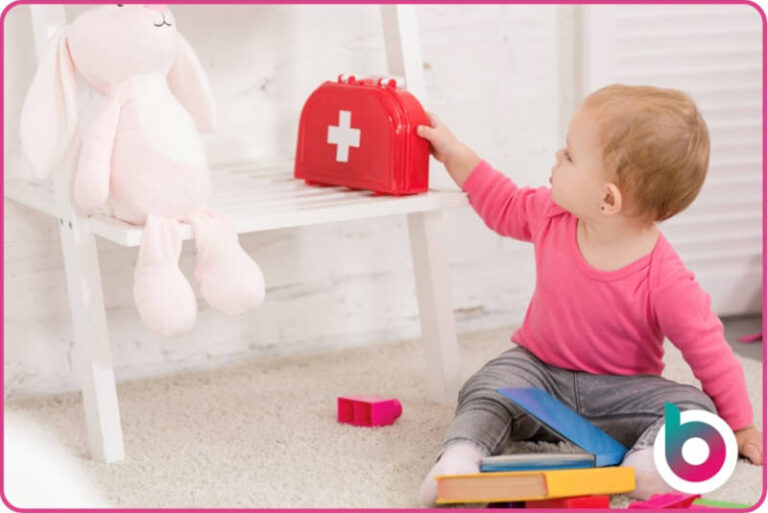
Safer eating practices
Although not new news, the latest guidance on safer eating has been added to the EYFS framework.
‘Providers must ensure that children are adequately supervised, especially whilst eating’
This includes:
- Staff supervision during meal times, children must face the adults to reduce choking risks (this also applies to how providers prepare food to reduce choking risks)
- There must be a member of staff in the room when a child is eating (they must now have a PFA qualification and be in sight and hearing of the child)
- Food sharing should be prevented
- Allergies must be monitored effectively across the setting, including gathering information about any special dietary requirements, allergies and intolerances before the child begins (this includes food likes and dislikes)
- All staff must be aware of any allergy plans and how to spot and treat anaphylaxis and allergic reactions
- There must be no assumptions about children’s competency with solid foods by staff members. Conversations with parents must be had frequently about where a child’s solid food stage, not assuming based on age
- Information for providers on recording any experiences of choking
Toileting and intimate hygiene
Again, not new information to the early years world. The guidance about maintaining children’s privacy when changing nappies has now been added to the new EYFS framework.
New framework structure formats
The structure of the framework has made the sections with clear headings easier to read. Some sections are not new but have been structured to have their own section for clarity.
This includes:
- Disqualification
- Staff taking medication or other substances
- Smoking or vaping
- Safeguarding training (although there is new training criteria for safeguarding training in Annex C)
- Training and skills
- Supervision of staff
- English language skills
- Holiday provision
- Special Educational Needs and Disabilities (SEND)

The new changes to the EYFS framework may change a few of your processes, making your safeguarding provision and records air-tight.
We’re known for our helpful features, nursery managers love to keep all statutory required information and data in one place. Safely secured but easily accessible by those who need to for total safeguarding and transparency across your setting.
Get in touch with one of our friendly team to learn all about our safeguarding features that align with the new EYFS framework today.